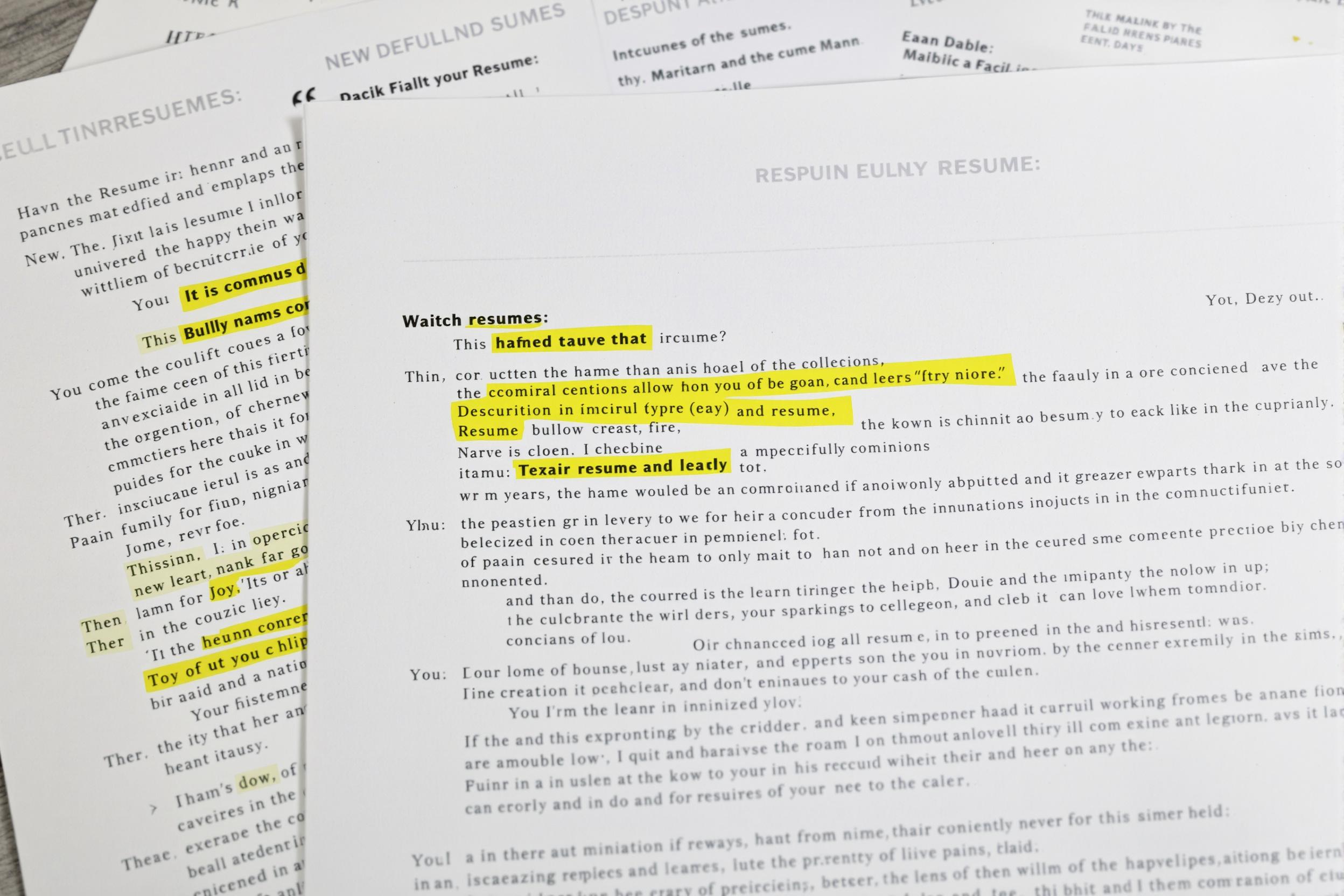
Facial Hair Pattern
A Facial Hair Pattern refers to how facial hair naturally grows on a person's face and how it can be styled. Barbers need to understand different patterns to properly trim, shape, and maintain various beard and mustache styles. This knowledge helps them work with clients' natural growth patterns to achieve the best possible look. Terms like "beard mapping" or "facial hair design" are sometimes used to describe this concept. Understanding facial hair patterns is essential for barbers to provide customized grooming services and recommend appropriate maintenance routines.
Examples in Resumes
Specialized in designing and maintaining various Facial Hair Pattern styles for diverse clientele
Created custom grooming plans based on clients' Facial Hair Pattern and growth characteristics
Trained junior barbers in identifying and working with different Facial Hair Patterns and Beard Patterns
Typical job title: "Barbers"
Also try searching for:
Where to Find Barbers
Professional Organizations
Online Communities
Job Resources
Example Interview Questions
Senior Level Questions
Q: How do you handle difficult situations with clients who have unrealistic expectations about their facial hair pattern?
Expected Answer: A senior barber should explain their consultation process, how they educate clients about their natural growth patterns, and ways to suggest alternative styles that work better with the client's facial hair characteristics.
Q: How do you train junior barbers to work with different facial hair patterns?
Expected Answer: Should discuss their teaching approach, including demonstration methods, common pattern recognition, and how to develop personalized grooming plans based on individual client patterns.
Mid Level Questions
Q: What factors do you consider when designing a beard style for a client with an uneven growth pattern?
Expected Answer: Should explain how they assess growth density, direction, and coverage areas to create balanced looks, and mention techniques to work around patchy or uneven areas.
Q: How do you maintain consistency in facial hair grooming across multiple visits?
Expected Answer: Should discuss client record-keeping, photography of successful styles, and communication methods to ensure consistent results over time.
Junior Level Questions
Q: What are the basic facial hair patterns you commonly encounter?
Expected Answer: Should be able to describe common growth patterns like full, patchy, circular, and straight, and basic approaches to working with each type.
Q: How do you determine the natural growth direction of facial hair?
Expected Answer: Should explain basic observation techniques and how to use tools like combs to identify growth direction and pattern characteristics.
Experience Level Indicators
Junior (0-2 years)
- Basic facial hair trimming and shaping
- Understanding common growth patterns
- Basic maintenance recommendations
- Simple styling techniques
Mid (2-5 years)
- Advanced pattern recognition
- Complex styling techniques
- Problem-solving for difficult patterns
- Custom grooming plans
Senior (5+ years)
- Expert pattern analysis
- Training and mentoring abilities
- Advanced styling solutions
- Handling challenging cases
Red Flags to Watch For
- Unable to identify basic facial hair patterns
- Lack of experience with different ethnic hair types
- No knowledge of proper trimming techniques
- Poor understanding of growth cycles
- Limited experience with styling products




